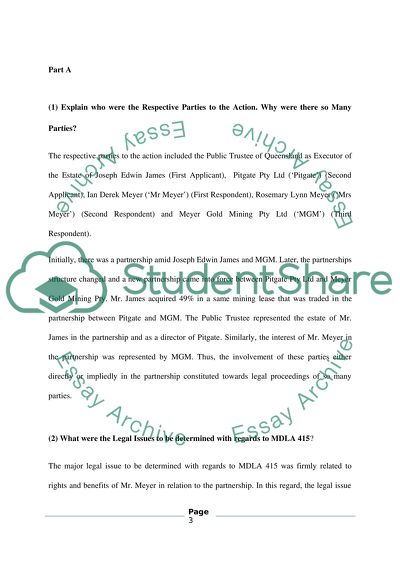Cite this document
(“Company & Association Law Assessment Item 1- 2014 Essay”, n.d.)
Company & Association Law Assessment Item 1- 2014 Essay. Retrieved from https://studentshare.org/law/1654825-company-association-law-assessment-item-1-2014
Company & Association Law Assessment Item 1- 2014 Essay. Retrieved from https://studentshare.org/law/1654825-company-association-law-assessment-item-1-2014
(Company & Association Law Assessment Item 1- 2014 Essay)
Company & Association Law Assessment Item 1- 2014 Essay. https://studentshare.org/law/1654825-company-association-law-assessment-item-1-2014.
Company & Association Law Assessment Item 1- 2014 Essay. https://studentshare.org/law/1654825-company-association-law-assessment-item-1-2014.
“Company & Association Law Assessment Item 1- 2014 Essay”, n.d. https://studentshare.org/law/1654825-company-association-law-assessment-item-1-2014.


